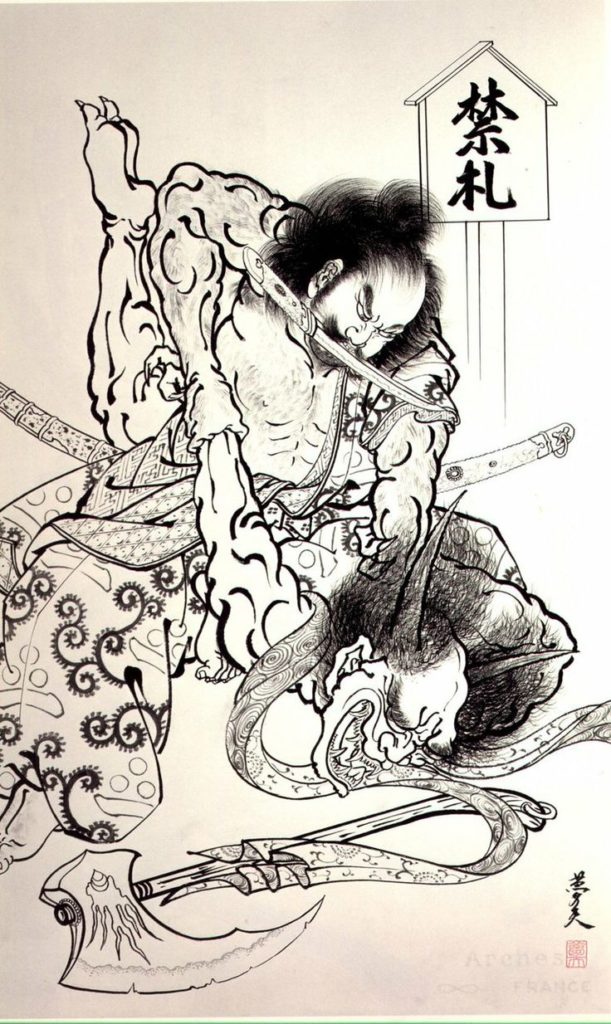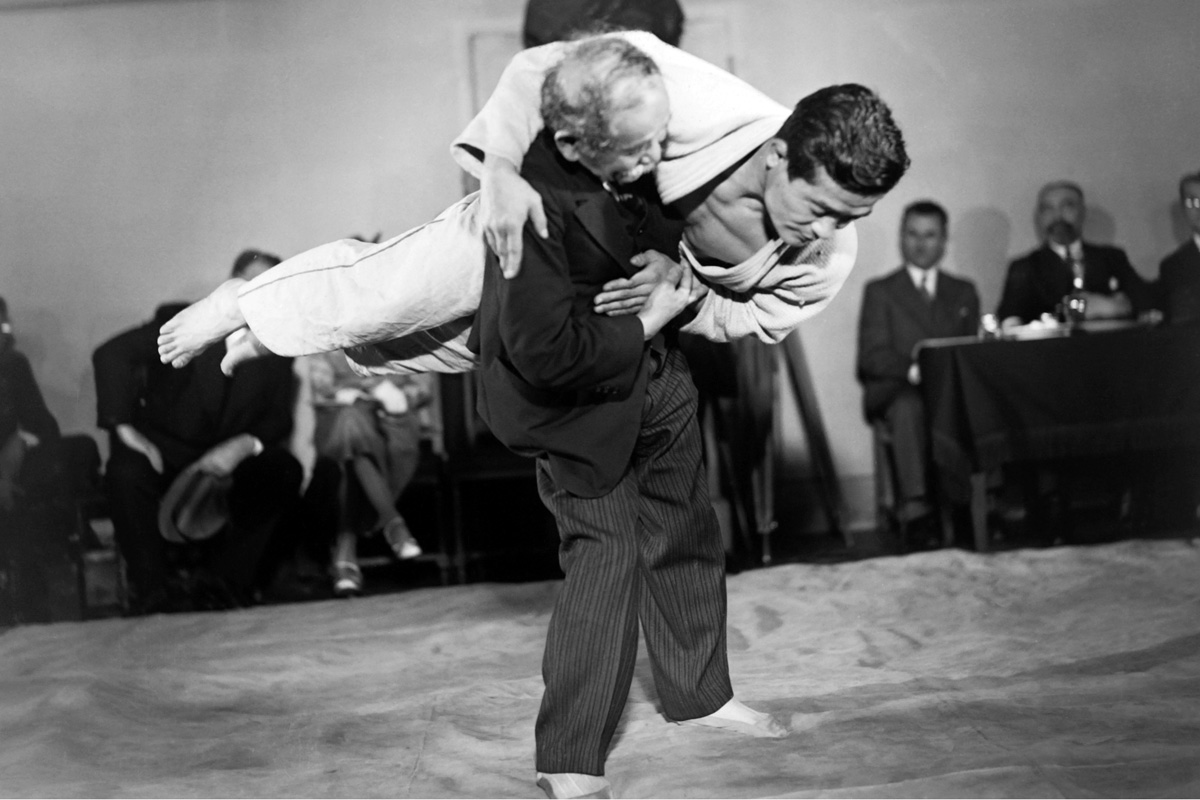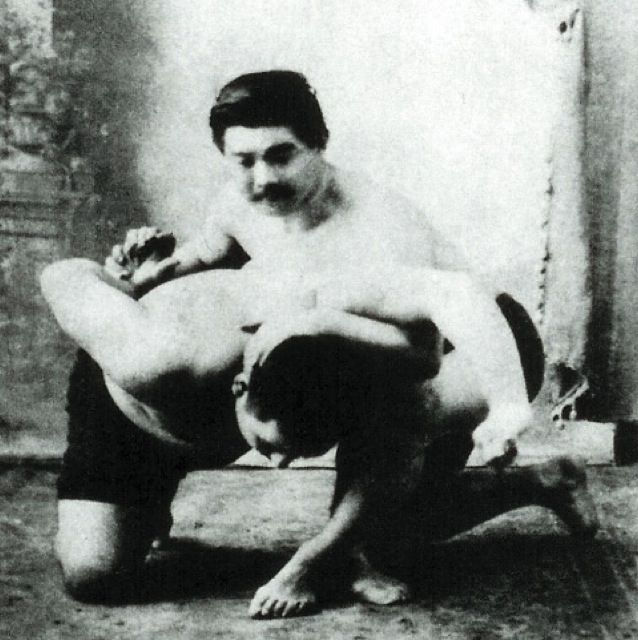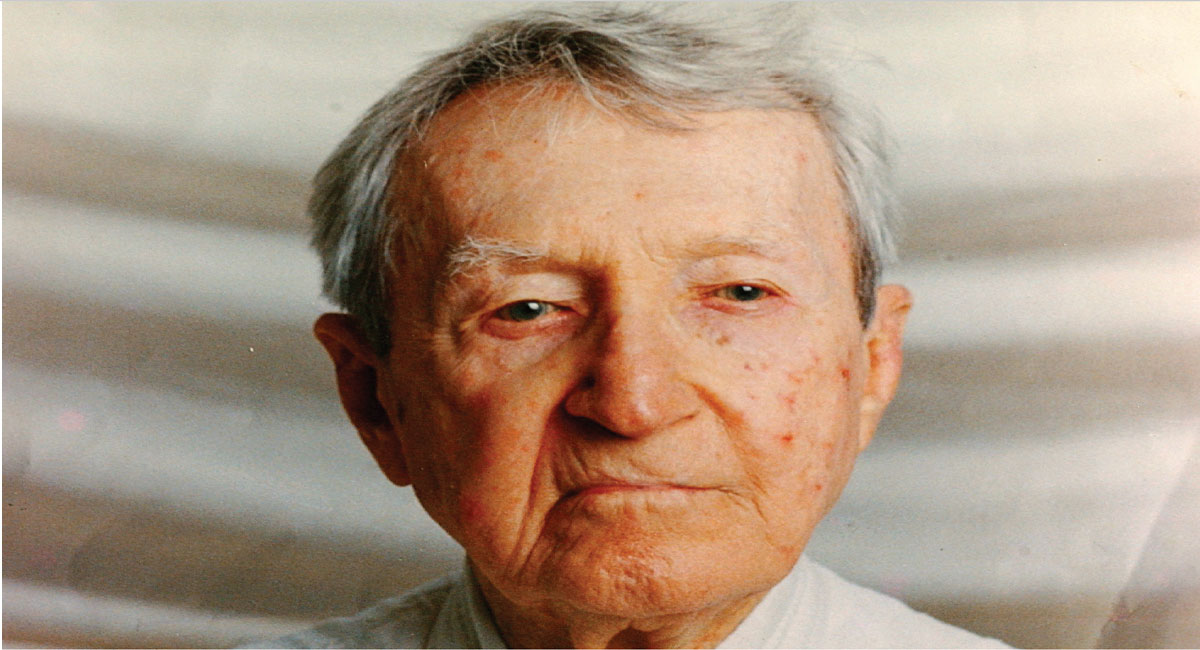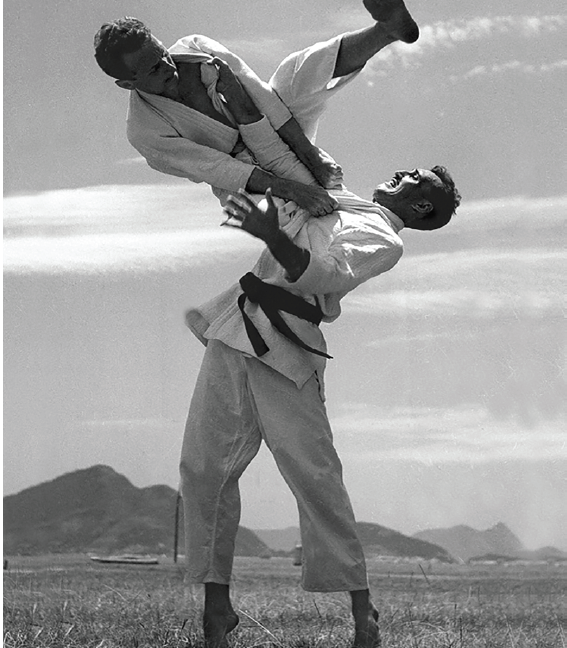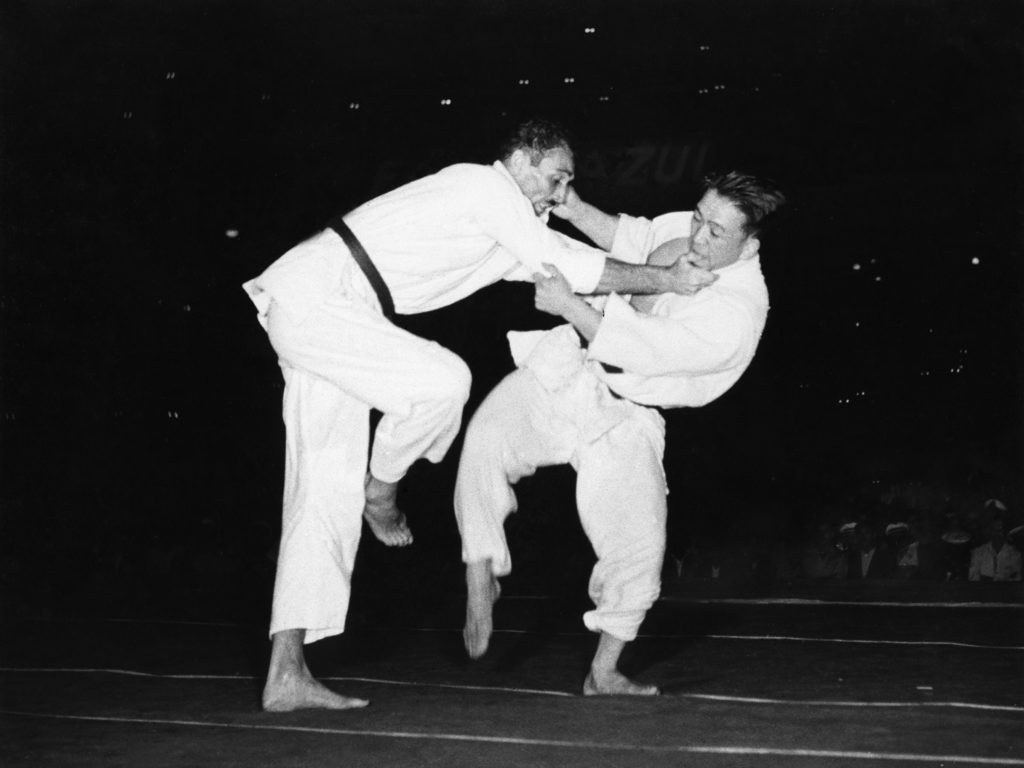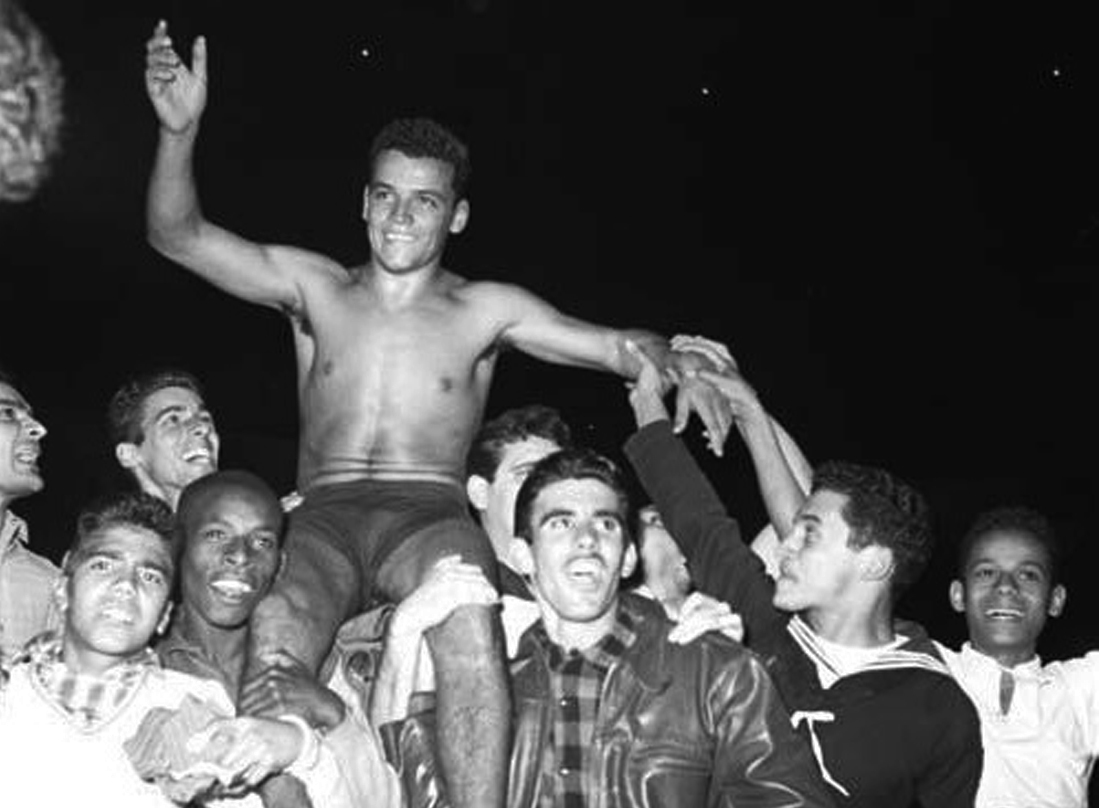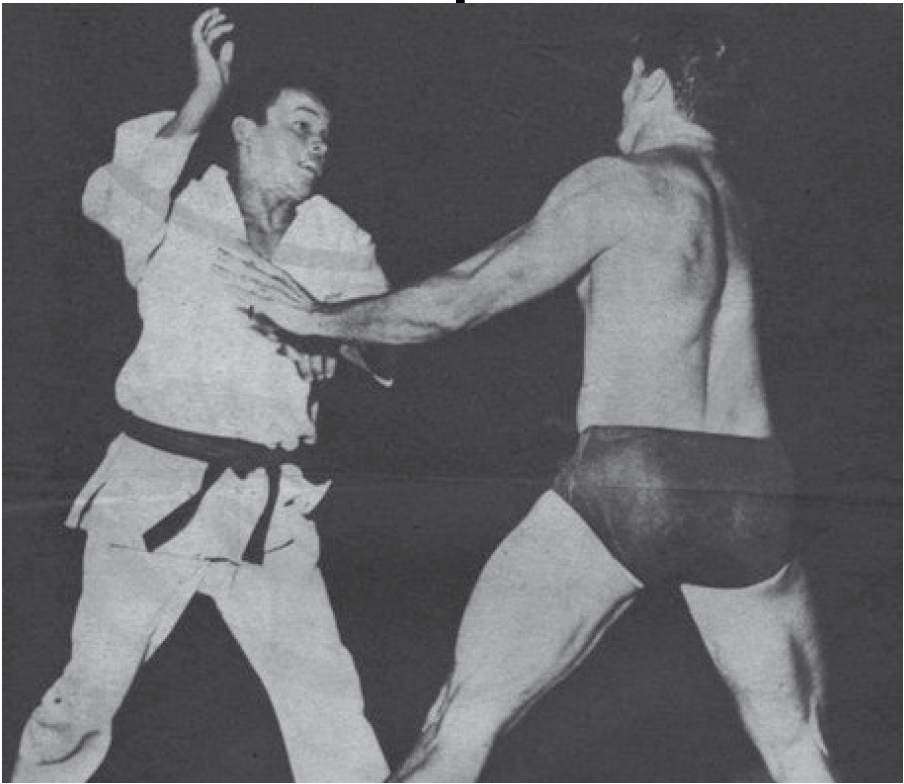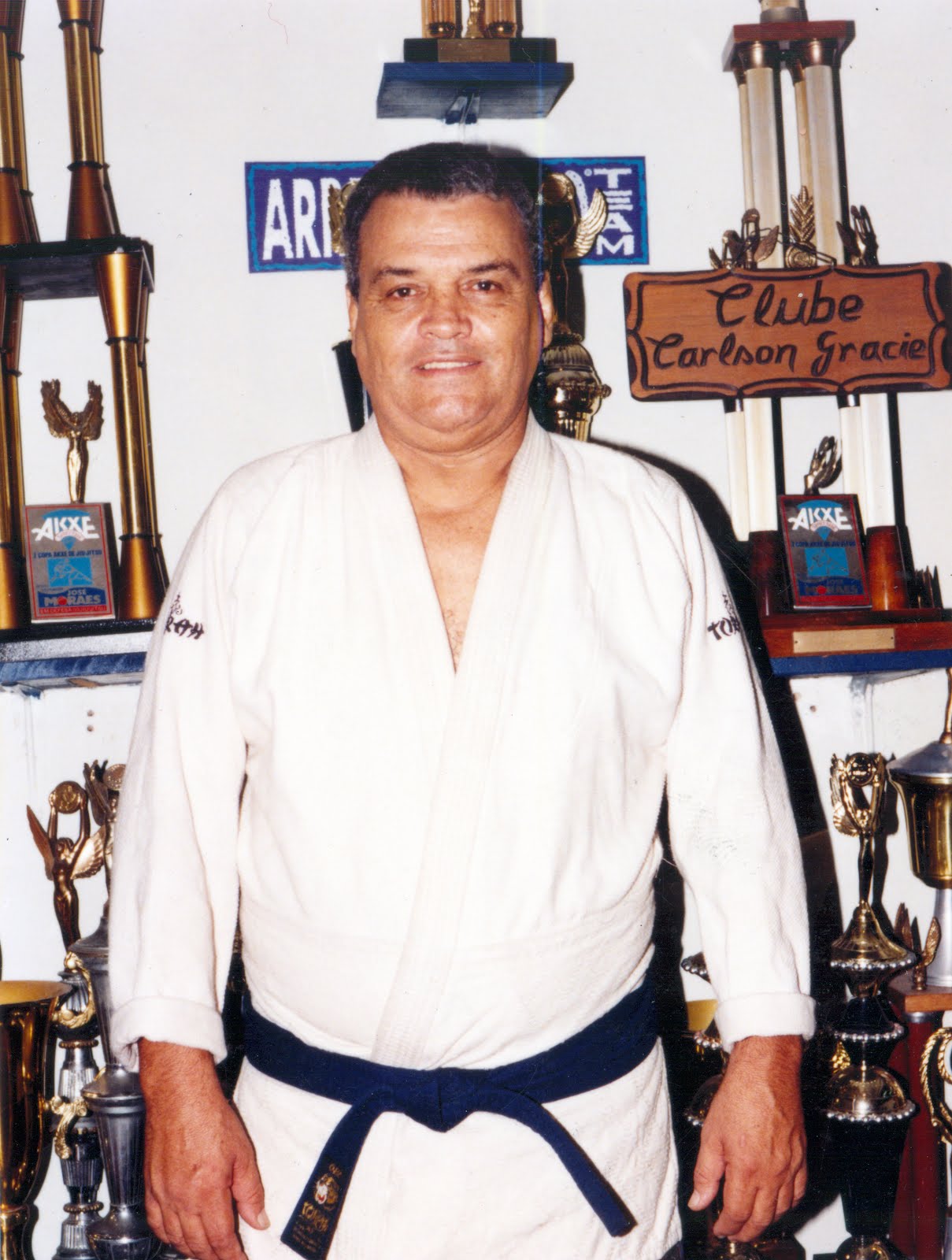Gracie participated in a 3-hour 42 minute fight against his former student Valdemar Santana with Santana knocking out Gracie with a soccer kick . This would be the last of Helio’s matches that involved striking (i.e. Vale Tudo)
Kimura vs. Gracie
Kimura versus Gracie with his winning “Kimura lock.†The headline reads: “(Moral) Victory for Helio Gracie.â€
Gracie issued a challenge to a highly touted Judoka named Kimura An agreement was made under what would be known as the “Gracie Rules†via the Gracie Challenge that throws and pins would NOT count towards victory only submission or loss of consciousness. This played against Judo rules in which Pins and throws can award someone a victory
In 1951, famous judoka Masahiko Kimura defeated Gracie in a submission judo/jiujitsu match held in Brazil.During the fight Kimura threw Gracie repeatedly with Ippon Seoinage (one arm shoulder throw), Ouchi Gari (major inner reap), Uchimata (inner thigh throw), Harai Goshi (sweeping hip throw), and Osoto Gari (major outer reap). However, Helio Gracie was able to perform ukemi, as demonstrated by his earlier match with Kimura’s fellow judoka Yukio Kato, was in excellent condition, benefited from the soft mat used in competition, and showed a strong will to win and refusal to lose – he was undeterred.[18] Unable to subdue Helio through throwing alone, the fight progressed into groundwork. Kimura maintained a dominance in the fight at this point by using techniques such as kuzure-kamishiho-gatame (modified upper four corner hold), kesa-gatame (scarf hold), and sankaku-jime (triangle choke). Thirteen minutes into the bout Kimura positioned himself to apply a reverse ude-garami (arm entanglement, a shoulderlock). Gracie refused to submit.
In a 1994 interview with Yoshinori Nishi, Gracie admitted that he had been rendered unconscious very early in the bout by a choke although Kimura released the choke and continued the bout. As a tribute to Kimura’s victory, the reverse udegarami technique he used to defeat Gracie, has since been commonly referred to as the Kimura lock, or simply the Kimura, in Brazilian Jiu-Jitsu.


